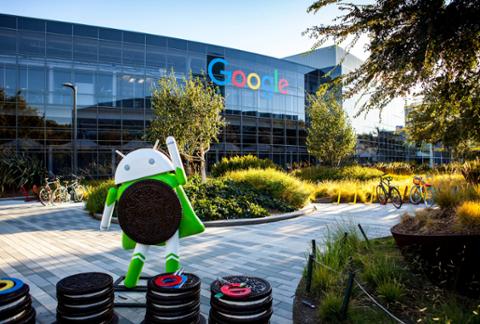Google Pushes Flutter, Its Cross-Platform Framework, into Beta
Google has issued the first beta release of Flutter, its mobile UI framework that allows developers to build native interfaces in both iOS and Android. The search-engine giant is emphasizing the speed of this cross-platform framework; features include integrated tooling, extensive animation libraries, and support for Android Studio and Visual Studio Code. “Since our alpha release last year, we delivered, with help from our community, features such as screen reader support and other accessibility features, right-to-left text, localization and internationalization, iPhone X and iOS 11 support, inline video, additional image format support, running Flutter code in the background, and much more,” read Google’s blog posting on Flutter. Here's Google's video: Google has also spent a lot of time encouraging the growth of a third-party ecosystem around Flutter, which now includes packages such as Firebase and Facebook Connect. During this beta period, further stabilization of the framework is a key goal; beyond that, the roadmap includes improved routing and navigation APIs, inline maps, a smaller core engine, and the ability to easy integrate Flutter into existing apps. (New betas will supposedly arrive every four weeks.) Those interested can check out Flutter’s “Getting Started” guide. Flutter faces considerable competition in the cross-platform development space, including Xamarin, a mature framework that allows developers to build native Android, iOS, and Windows apps with existing code (it relies on a C# codebase to produce apps for these various operating systems). There’s also React Native, originally developed by Facebook, which can be used to build either iOS or Android apps via a combination of JavaScript and React. Google is Google, which means it can throw a lot of weight behind this new initiative. Ultimately, however, the framework’s ease-of-use (or lack thereof) will determine whether massive numbers of developers rely on it to build the next generation of apps.


